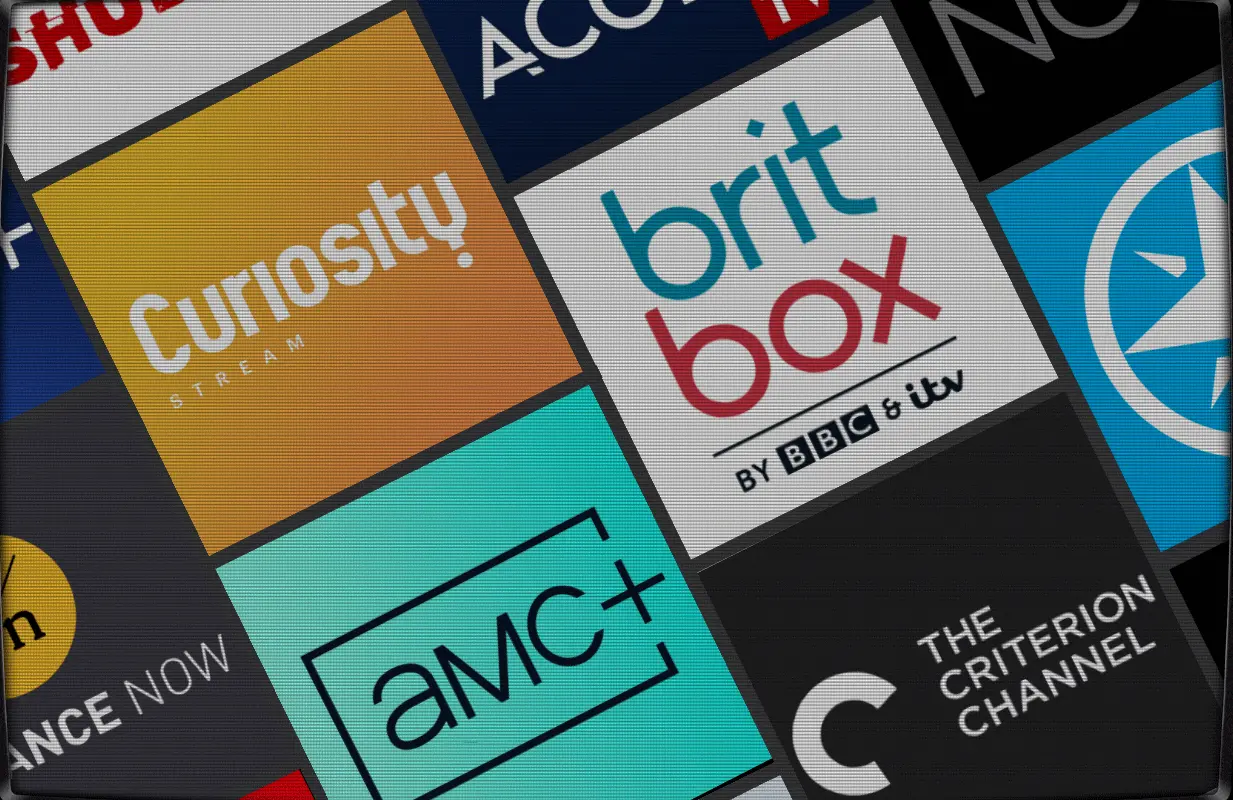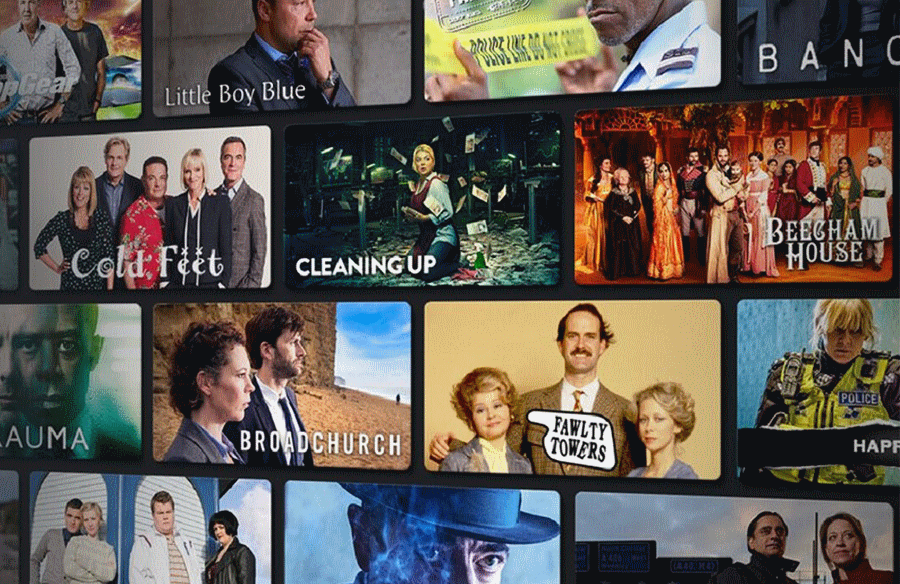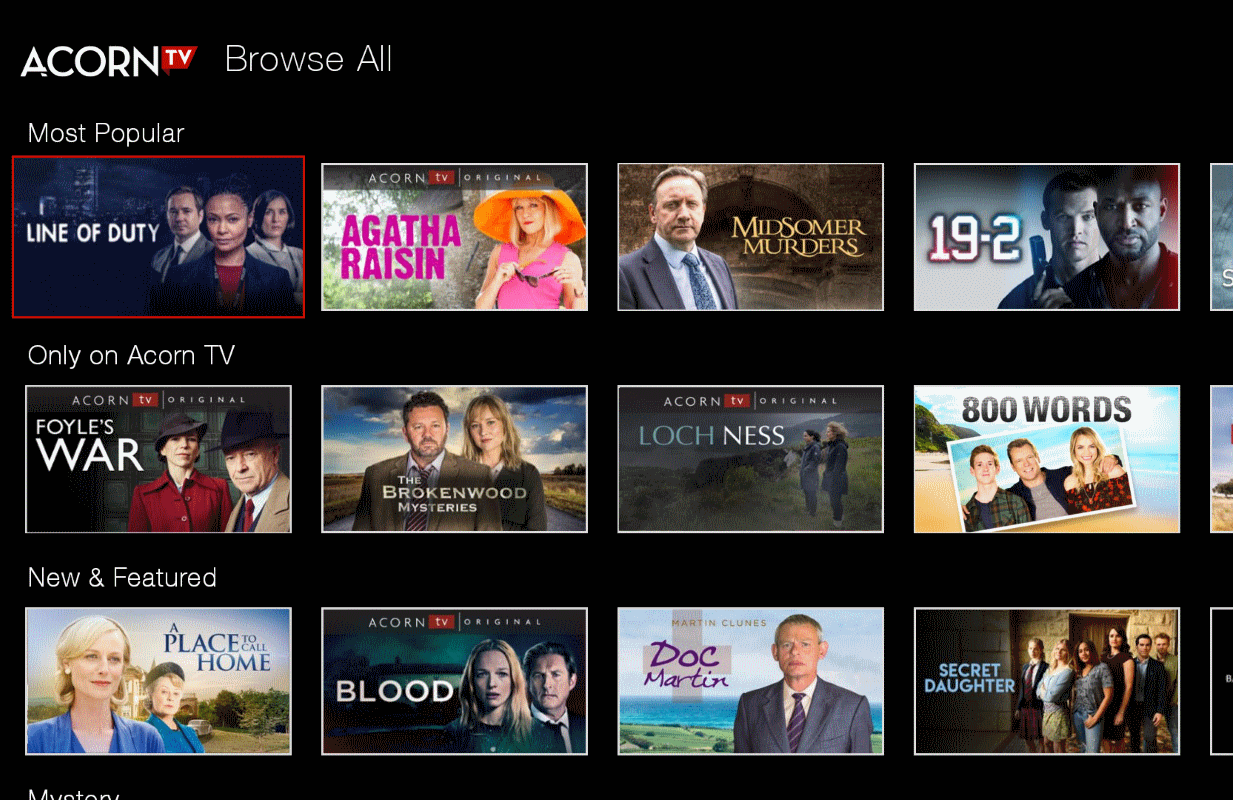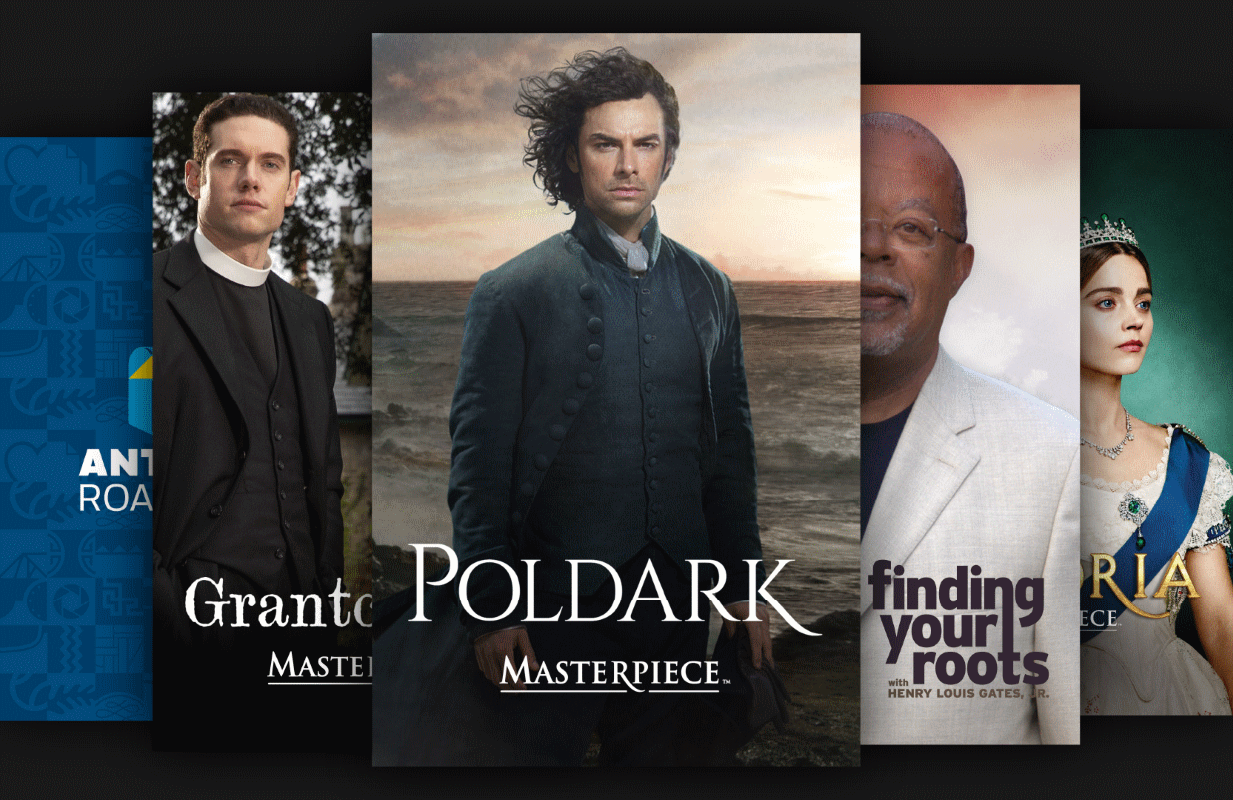Small is Beautiful: Seven Boutique Streaming Services That Are Changing the Game
-
 Yep, yet more streaming services. But these niche streamers are different.
Yep, yet more streaming services. But these niche streamers are different.Soon — and it may have already happened by the time you read this — more American households will be paying for Disney+, a streaming channel that did not exist two years ago, than are paying for ESPN, one of the nation's oldest and most ubiquitous cable channels. This is mind-boggling, but mind-boggling facts are something we’ve had to get used to in the Peak TV age.
Netflix is in 201 million homes in 190 countries and is projected to keep growing. Incredibly, industry analysts now believe that Disney+ will grow faster and surpass Netflix by 2025. By then Amazon Prime Video might be pushing 200 million subs. HBO Max is already in tens of millions of homes with lots of upside. Peacock, which launched in the middle of the pandemic, just cleared 40 million and killed off its cable cousin, NBC Sports Channel.
Millions of subscribers paying $5 or $8 or $12 a month equates to billions that each streaming channel has to spend on sports deals and acquiring hit films and shows. But scale has its challenges. For one thing, if your target audience is “everybody,” then you have to give everybody something to watch. There’s only so much A+ content out there to bid for, and nothing comes cheap when there are multiple bidders in the room. So then you have to spend, and spend, to develop originals you think your audience will like, eating millions every time one of them fails. It’s the old network TV model on steroids.
But what if there was a different way to do streaming? What if you could slice off a very narrow portion of the audience and super-serve them? This is something cable TV could never quite pull off. It promised diversity of content, and scores of niche cable channels were launched with names like Ovation, Trio, Current, BET Jazz, IFC, World Link, and many more. But these niche channels weren’t available on most cable systems, were small-budgeted and looked it.
Streaming cuts out the cable middleman. Now anyone with a Roku, Apple, FireTV or Chromecast device can download an app, pay a monthly fee, and get niche programs that often aren’t available on larger, general-interest streaming services. Consider AMC Networks, which has a line of streamers including Shudder, Acorn, and Sundance. AMC’s chairman Josh Sapan says they’re making money — and of course they are, since subscribers pay $6 or more a month directly to AMC, instead of the pennies per month that cable operators used to throw its way. That means these streamers have more money to spend acquiring and developing niche content that their viewers crave.
Still, it's a tough sell, convincing someone to pay for yet another streaming channel. Even a niche streamer needs a massive library to attract a small audience and keep them happy. Here are the ones currently doing it best:
Britbox

For years the only way to get the best of British TV was the hodgepodge offered on BBC America. Britbox, launched by BBC Studios and ITV, solved that problem in a big way. Now there are hundreds of movies and series at the ready, from state-of-the-art cop shows like Line of Duty to the super-old sketch comedy series Alfresco starring Stephen Fry, Hugh Laurie, and (yep) Emma Thompson. Britbox also has loads of the wonderfully tedious gardening, nature, and train-riding shows the Brits love to watch. About 2 million North Americans subscribe at $6.99 a month, or $69.99 annually.
Acorn TV

If you prefer to go even more niche — British and international mysteries and dramas only — you could subscribe to Acorn TV. Though the fare is decidedly not as cutting-edge as Netflix or HBO or even Britbox mysteries and dramas, they go down easy and you’ll never run out. Current Acorn originals include Ms. Fisher’s Modern Murder Mysteries, an Australian production with a That Girl flair; Whitstable Pearl, set at an English seaside town; and the Danish anthology Those Who Kill. $5.99 a month, or $59.99 annually.
Sundance Now

I’ve sung the praises of Sundance TV’s streaming arm before, but it’s one of the best arguments for streaming, since it allows independent films to be seen in corners of the country where Sundance’s cable channel never saw the light of day. Still curating content from around the globe with that je ne sais quoi that screams “indie!”, Sundance Now’s offerings include the UK series Riviera, French thriller Moloch, in which people burst into flames for no reason (premieres June 10), and Songs My Brothers Taught Me, the 2015 feature from Oscar-winning director Chloé Zhao. Like its sibling Acorn TV, Sundance airs lots of thrillers and drama, though apparently it’s assigned edgier fare than Acorn. Not always, though: The Drowning, a psychological thriller about a woman looking for her long-lost son, got a dual showing this month on both Sundance and Acorn. $6.99 a month, or $59.99 annually.
AMC+

This might make the most sense if you like what Acorn and Sundance are offering, because AMC owns them as well as Shudder, Black-themed ALLBLK, IFC, BBC America, and AMC itself, home to three of the most acclaimed cable TV shows ever — Mad Men, Breaking Bad, and The Walking Dead. In addition to a premium library of content from AMC and each of its corporate siblings, AMC+ provides its subscribers with advance access to some of the channel's higher profile offerings, dropping new episodes of Fear the Walking Dead and the upcoming Kevin Can F*ck Himself (starring Annie Murphy) before they hit cable. $8.99 a month.
Criterion Channel

The Criterion Collection — considered the gold standard of classic cinema — supplies most but not all of the content to this two-year-old streamer. Pricey at $99 a year, it’s one of several streaming bundles aimed at cinephiles, including Magnolia Selects and Kino Marquee. My suggestion is that you pull out your library card before your credit card. Kanopy, a free streaming service offered by public libraries, has thousands of films including many obscure and international titles, including quite a few from The Criterion Collection. $10.99 a month, or $99.99 annually.
CuriosityStream

Launched in 2015 by John Hendricks — whose resumé includes starting up a little cable outlet called Discovery Channel — CuriosityStream’s documentary-rich menu has made it one of the biggest of the small streamers, with 13 million subs worldwide. Thousands of hours of nonfiction TV and film get produced every year and disappear almost instantly from sight. Hendricks realized when properly curated, docs had a lot of untapped value in them. CuriosityStream’s price point is hard to beat at $20 a year ($70 for 4K), and its library of offerings on topics from science to history to kids seems limitless. And it’s producing originals as well, like the six-part docuseries Doug to the Rescue (June 10), about a drone photographer who uses high-tech tools to find and rescue animals left behind after natural disasters. $2.99 a month or $19.99 annually.
PBS Passport

Probably the third most-watched streaming channel in our house is the one we’ve taken in lieu of a tote bag. For a $60 annual pledge to your local PBS station, you get access to more than 2,500 titles in the PBS vault, including the occasional full-season drop of episodes before they air on TV. Some of my favorite finds are from shows I haven’t watched in years, like NOVA and Great Performances, although every now and then I’ll wander down a Ken Burns rabbit hole or watch that curious revival of Firing Line with a host who sounds nothing like William F. Buckley Jr. More than 3 million PBS supporters use Passport. Free with donation to your local PBS station of $5/month or $60/year.
Aaron Barnhart has written about television since 1994, including 15 years as TV critic for the Kansas City Star.
TOPICS: Peak TV, Acorn TV, AMC+, BritBox, The Criterion Channel, Curiosity Stream, PBS Passport, Kanopy, Sundance Now